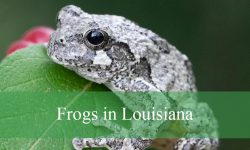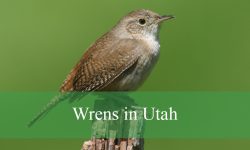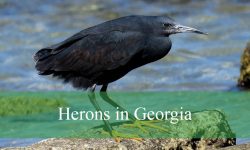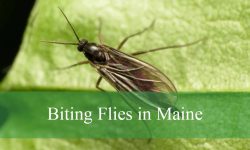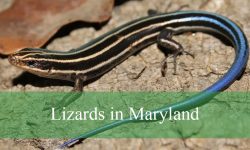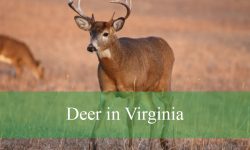In Kentucky, owls range from the mighty Great Horned Owl to the small but elusive Northern Saw-whet Owl. These nocturnal raptors play an important role in the state’s ecosystems, helping control rodent populations and maintaining balance in nature. With their haunting calls and silent flight, owls capture the imagination of birdwatchers and nature lovers alike.
Throughout the year, different owl species can be observed across Kentucky’s forests, wetlands, grasslands, and farmlands. While some, like the Barred Owl and Eastern Screech-Owl, are common residents, others such as the Short-eared Owl and Long-eared Owl are more seasonal visitors. In rare winters, even the majestic Snowy Owl may appear, thrilling those lucky enough to see it.
This article explores the owls of Kentucky in detail, highlighting their characteristics, habitats, and behaviors. Learning about these remarkable nocturnal hunters will add depth to your birdwatching and outdoor adventures across the Bluegrass State.
Different Types of Owls Found in Kentucky
Great Horned Owl (Bubo virginianus)
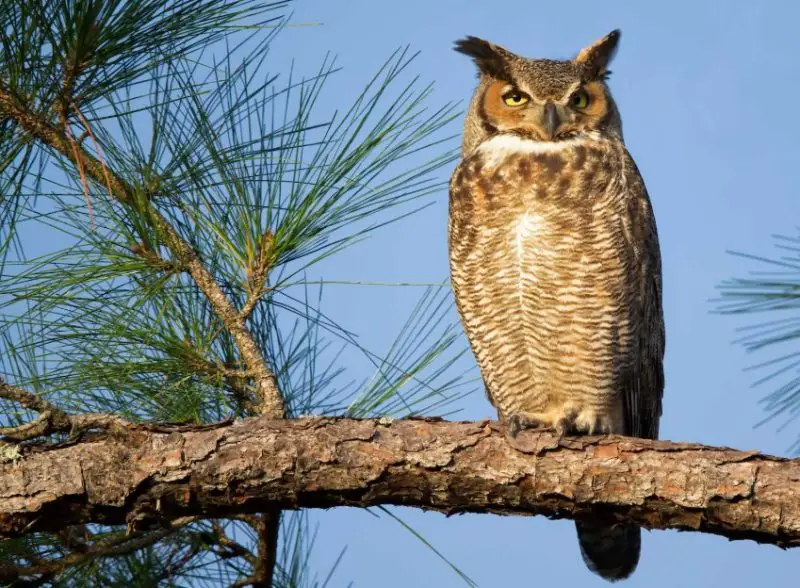
The Great Horned Owl is one of the most powerful and widespread raptors in Kentucky. With its large size, ear-like tufts, and piercing yellow eyes, this owl is instantly recognizable. Adults typically have mottled gray-brown plumage with a white patch at the throat, which helps them blend into tree trunks during the day. Their wingspan ranges from 3.3 to 4.8 feet, making them one of the largest owls in North America.
This species is an apex predator in its habitat. Great Horned Owls feed on a wide range of prey including rabbits, squirrels, skunks, and even other birds. Their strong talons can exert a crushing force that allows them to take down animals larger than themselves. They are also known for their adaptability, thriving in forests, fields, and even near human settlements.
Breeding season for Great Horned Owls begins in late winter, usually January or February. They do not build their own nests but instead occupy abandoned hawk, crow, or squirrel nests. Pairs mate for life, and the male’s deep hooting call is a common sound on cold winter nights. This species is fiercely territorial, often defending its nesting site aggressively.
In Kentucky, Great Horned Owls are residents year-round. They can be spotted across the state, from woodlands and farmlands to suburban areas. Their adaptability and powerful hunting skills make them one of the most successful and enduring owl species in North America.
Barred Owl (Strix varia)
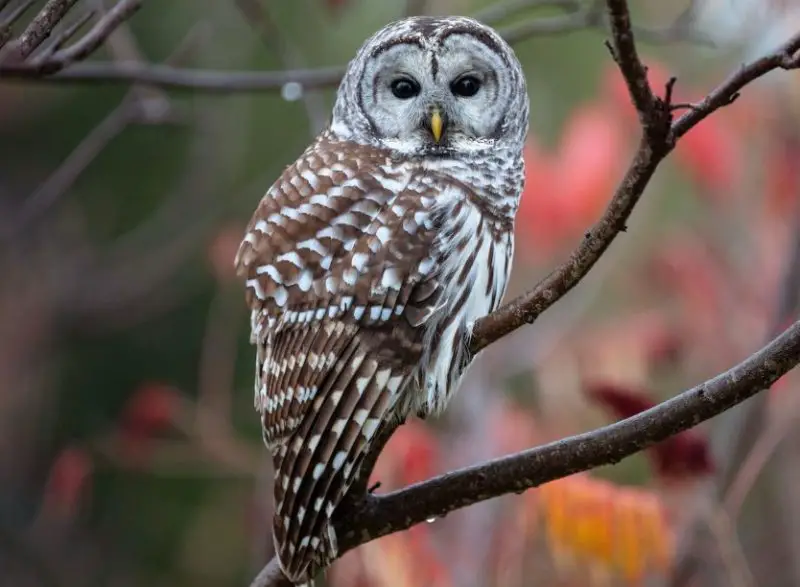
The Barred Owl is a large, stocky bird with rounded head and no ear tufts, easily identified by its soulful dark eyes and distinctive call, often described as “Who cooks for you? Who cooks for you all?” Its plumage features vertical brown and white streaks on the chest and horizontal bars across the belly, giving the species its name. Adults have a wingspan of around 3.5 to 4 feet.
Barred Owls are primarily nocturnal hunters, although they may be seen active in the late afternoon. They feed on small mammals, birds, amphibians, and occasionally fish. Unlike the Great Horned Owl, they are less aggressive but will defend their nesting sites strongly. Their silent flight and keen hearing make them formidable predators in dense forests.
Nesting usually occurs in tree cavities or abandoned nests of other large birds. Barred Owls are known for forming long-term pair bonds, and they often remain in the same territory year after year. Their presence is often given away by their loud and rhythmic hoots echoing through forests.
In Kentucky, Barred Owls prefer wooded swamps, river bottoms, and mature forests. They are residents throughout the year and are relatively common, especially in areas with plenty of water sources. Birdwatchers often encounter them during night hikes or hear their calls resonating across quiet woodlands.
Eastern Screech-Owl (Megascops asio)
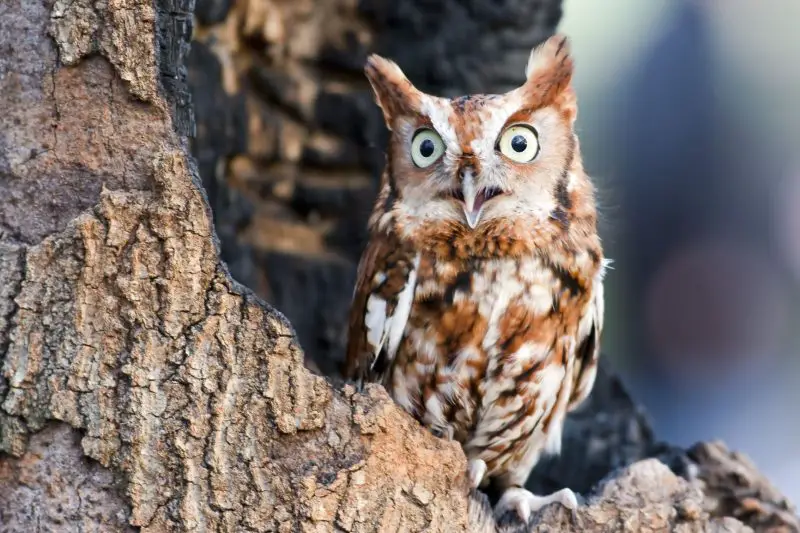
The Eastern Screech-Owl is a small yet fascinating owl commonly found throughout Kentucky. It comes in two main color morphs: gray and reddish-brown, both providing excellent camouflage against tree bark. Despite their name, their call is not a screech but rather a soft trill or whinny, which can sound quite eerie on a quiet night. Adults measure only about 8–9 inches in length, with a wingspan around 20 inches.
Eastern Screech-Owls are versatile hunters, preying on insects, small mammals, reptiles, and even songbirds. Their small size allows them to hunt effectively in both rural and suburban areas. They often sit motionless against a tree trunk during the day, making them hard to spot despite their abundance.
This species is cavity-nesting, often using old woodpecker holes or man-made nest boxes. They adapt well to living near humans, and many Kentuckians have heard their haunting calls in backyards or parks. Mated pairs share strong bonds, and both parents take part in raising their young.
In Kentucky, Eastern Screech-Owls are permanent residents, found in woodlands, farmlands, and even city parks. Their adaptability and willingness to nest near people make them one of the most frequently encountered owls in the state. For many bird enthusiasts, hearing their trills marks a special nighttime experience.
Barn Owl (Tyto alba)
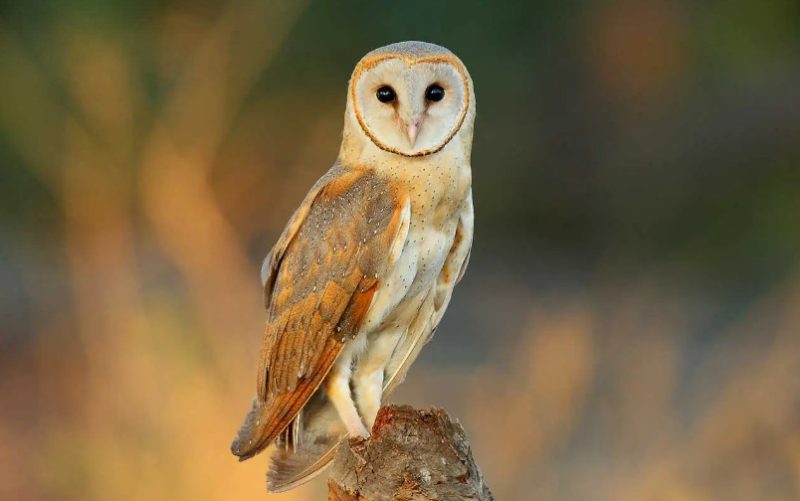
The Barn Owl is one of the most distinctive owls in Kentucky, instantly recognized by its pale, heart-shaped face, long legs, and ghostly white underparts. Unlike most owls, Barn Owls have dark eyes and a golden-buff back sprinkled with gray markings. Their wingspan ranges from 3 to 3.5 feet, and they are much lighter in build compared to other large owls.
Barn Owls are exceptional hunters, relying on their acute hearing to detect prey in complete darkness. Their diet mainly consists of rodents such as mice and voles, making them valuable allies for farmers. Their flight is silent, allowing them to glide over open fields and grasslands without alerting their prey.
Nesting commonly occurs in barns, abandoned buildings, silos, and tree cavities. Unlike most owl species, Barn Owls may raise multiple broods in a single year if food is abundant. They do not hoot like typical owls but instead produce eerie screeches, hisses, and raspy calls that can sound unsettling at night.
In Kentucky, Barn Owls are found in farmlands, grasslands, and open countryside. They are less common than Barred or Screech-Owls but remain present across the state. Their reliance on open hunting grounds makes them especially associated with rural landscapes. Farmers often welcome their presence, as these owls play an important role in natural pest control.
Short-eared Owl (Asio flammeus)
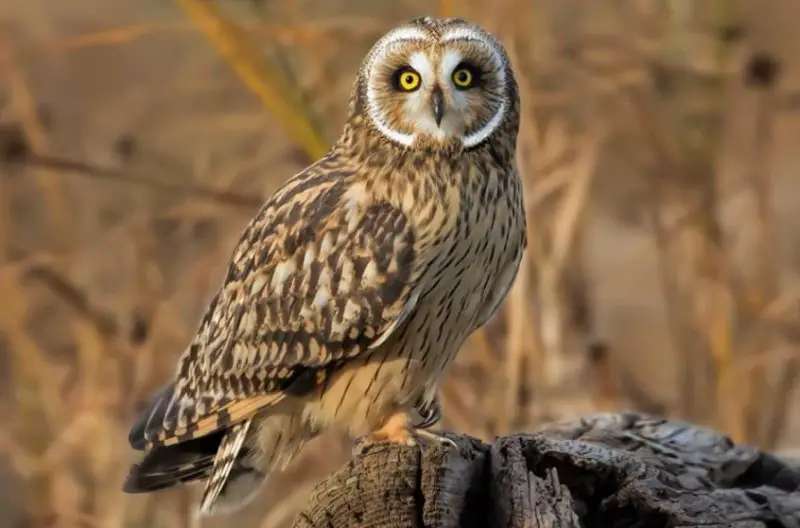
The Short-eared Owl is a medium-sized owl recognized for its mottled brown plumage, pale facial disk, and small ear tufts that are often barely visible. With long wings and a wingspan of 33–40 inches, it has a buoyant, moth-like flight that makes it stand out from other owls. Its yellow eyes are highlighted by black outlines, giving it an intense stare.
Unlike many other owls, Short-eared Owls are active during the day, especially around dawn and dusk. They hunt over open fields, marshes, and grasslands, searching for voles, mice, and other small mammals. Their hunting behavior often involves flying low and slowly over the ground, occasionally hovering before striking prey.
Nesting takes place on the ground in grassy or weedy areas, where the female scrapes a shallow depression lined with vegetation. Because they nest on the ground, their eggs and chicks are vulnerable to predators, making them more secretive during the breeding season. They may hiss, scream, or perform distraction displays to protect their young.
In Kentucky, Short-eared Owls are primarily winter visitors, although some remain in the state year-round in suitable open habitats. Birdwatchers often spot them in grasslands and reclaimed mine lands during the colder months. Their diurnal activity makes them one of the easier owl species to observe.
Long-eared Owl (Asio otus)
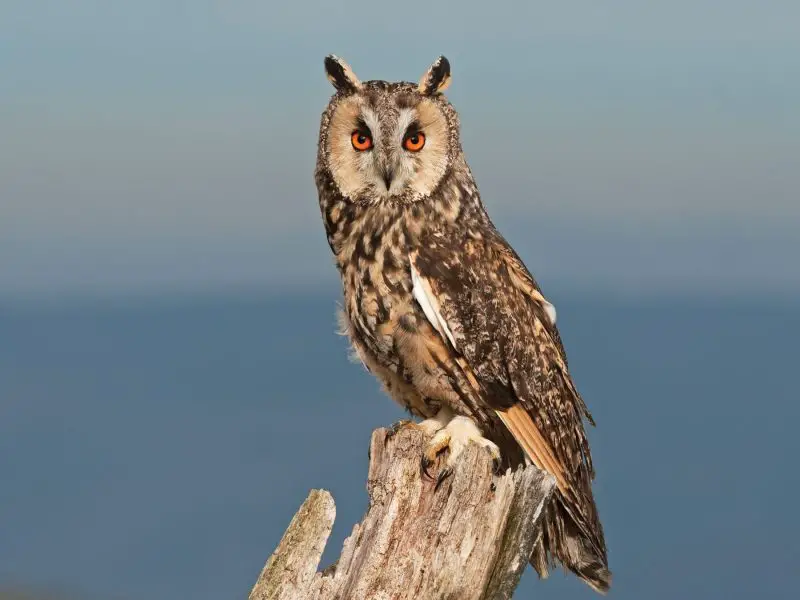
The Long-eared Owl is a slender, medium-sized species with strikingly long ear tufts that stand upright, giving it a very alert appearance. Its plumage is streaked brown, buff, and gray, providing excellent camouflage against tree bark. With a wingspan of about 35–40 inches, it has a graceful and buoyant flight style.
This owl prefers dense woodlands for roosting but hunts in nearby open fields. Its diet consists mainly of small mammals, especially voles and mice. Long-eared Owls are secretive and roost communally in winter, sometimes with several individuals gathered in a single stand of conifers.
Breeding takes place in spring, usually in abandoned crow or hawk nests. They do not build their own nests but line them with a small amount of down or leaves. Their calls are long, low hoots, often heard during courtship. These vocalizations are less familiar to the general public compared to the dramatic hoots of Great Horned Owls.
In Kentucky, Long-eared Owls are primarily winter residents, although a few may breed in secluded forested areas. They are considered uncommon and difficult to spot due to their secretive nature and excellent camouflage. Dedicated birdwatchers often search dense woodlots in winter to find roosting groups.
Northern Saw-whet Owl (Aegolius acadicus)
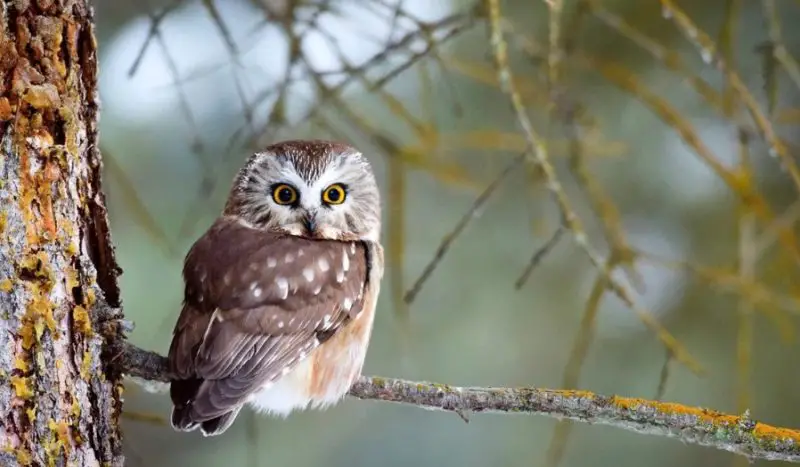
The Northern Saw-whet Owl is one of the smallest owls found in Kentucky, measuring only about 7–8 inches in length with a wingspan of 16–18 inches. It has a rounded head without ear tufts, a white facial disk with brown streaks, and large yellow eyes that seem oversized for its tiny frame. Its name comes from a call that sounds like a saw being sharpened on a whetstone.
This owl primarily feeds on small rodents, particularly mice, and will also take small birds and insects. It hunts at night, using its silent flight and sharp vision to locate prey. Because of its size, it can navigate through dense thickets where larger owls cannot hunt effectively.
Northern Saw-whet Owls typically nest in old woodpecker holes or nest boxes. They are secretive and nocturnal, which makes them hard to observe. During migration, they may be found roosting quietly in dense shrubs or conifers, blending in perfectly with their surroundings.
In Kentucky, they are considered rare but regular winter visitors, especially in northern and central parts of the state. Their elusive habits mean they are seldom seen, but during migration, banding stations sometimes record higher numbers, revealing their presence in the region.
Snowy Owl (Bubo scandiacus)
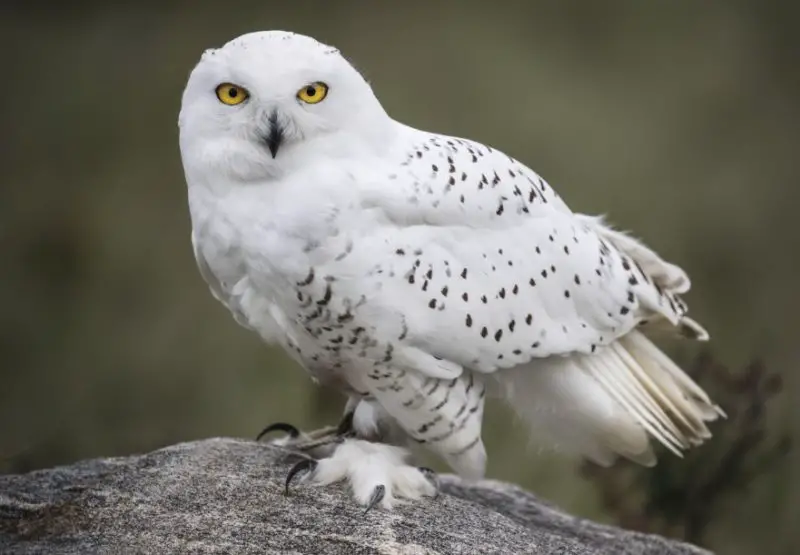
The Snowy Owl is a striking and uncommon visitor to Kentucky, instantly recognized by its brilliant white plumage, which may be lightly barred with dark markings. Males tend to be whiter than females, and their piercing yellow eyes stand out vividly against their pale feathers. With a wingspan of 4.5 to 5.5 feet, they are among the largest owls in North America.
Snowy Owls breed in the Arctic tundra, where they feed heavily on lemmings and other small mammals. In winters when prey populations collapse, they sometimes irrupt southward in large numbers, reaching areas as far as Kentucky. During these irruptions, they can be seen perched in open fields, airports, or fence posts.
Unlike most owls, Snowy Owls are diurnal hunters, often active throughout the day. Their diet during winter in the U.S. includes rabbits, waterfowl, and small mammals. Their hunting behavior is more falcon-like, involving long flights over open terrain before swooping down on prey.
In Kentucky, Snowy Owls are extremely rare and unpredictable. They are not annual visitors, but birders eagerly anticipate reports during irruption years. Spotting one in the state is considered a special event, making them a prized sighting for owl enthusiasts.
Best Time and Place to See Owls in Kentucky
Owls in Kentucky can be seen year-round, though the best times vary depending on the species. Resident owls like the Great Horned Owl, Barred Owl, Eastern Screech-Owl, and Barn Owl can be observed in all seasons. Their calls are often most noticeable in late winter and early spring, when breeding begins. This is especially true for Great Horned Owls, which start nesting as early as January.
For migratory and less common species, such as the Short-eared Owl, Long-eared Owl, and Northern Saw-whet Owl, winter is the prime season to find them. These species are more likely to appear in Kentucky’s open fields, reclaimed mine lands, and dense forests during the colder months. Snowy Owls are rare and only show up during irruption years, usually in the depths of winter, making them a special treat for birdwatchers.
The best places to observe owls in Kentucky include large forested areas, wetland habitats, and farmlands. Barred Owls often stay near rivers and swamps, while Barn Owls are associated with farmlands and open countryside. For a greater chance of encountering owls, birders often visit state parks, wildlife management areas, and quiet rural landscapes at dawn, dusk, or nighttime when owls are most active.
FAQs about Owls in Kentucky
What is the most common owl in Kentucky?
The Barred Owl and the Eastern Screech-Owl are among the most commonly seen owls in Kentucky. Both are year-round residents and frequently heard in woodlands and suburban areas.
Can you see Snowy Owls in Kentucky?
Yes, but very rarely. Snowy Owls occasionally appear in Kentucky during irruption years when food is scarce in their Arctic breeding grounds. They are not annual visitors and are considered a special sighting.
Where is the best place to find Barn Owls in Kentucky?
Barn Owls prefer open farmland, grasslands, and abandoned barns or silos. Rural areas with abundant fields and old structures provide the best chance of spotting them.
When is the best season to see owls in Kentucky?
Owls can be seen year-round, but late winter and early spring are the best seasons to hear their calls and observe nesting behavior. Winter is also prime time for spotting migratory owls like Short-eared, Long-eared, and Northern Saw-whet Owls.
Are owls beneficial to farmers in Kentucky?
Yes. Owls, especially Barn Owls, play a crucial role in controlling rodent populations. A single Barn Owl family can consume thousands of mice and voles in one breeding season, making them natural pest control allies.

